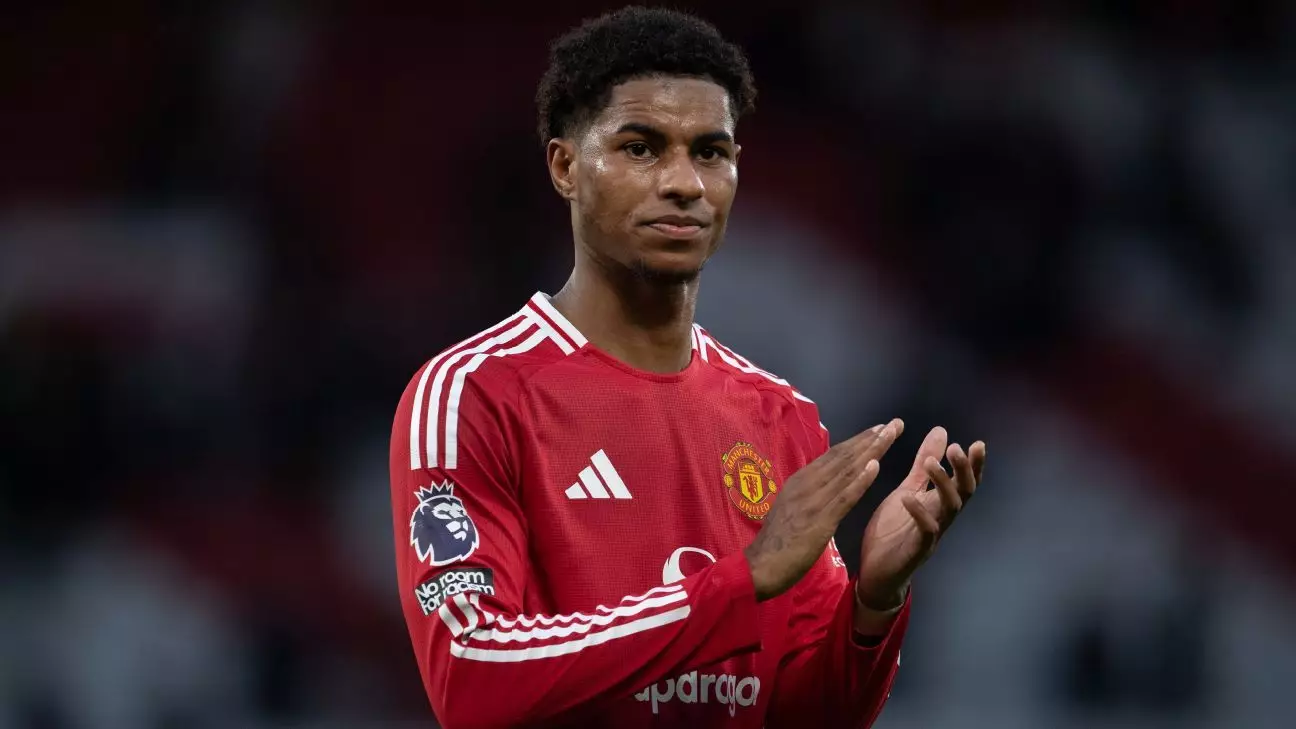The Premier League transfer window is a significant period that shapes the course of the football season, offering clubs a strategic opportunity to bolster their squads. As of Wednesday, clubs are active in the market, eyeing potential signings that could help them navigate the remainder of the 2024-25 season and set the tone for future campaigns. The window holds not just immediate implications but also resonates throughout the broader landscape of European football.
The transfer window is set to close on February 3, 2025, precisely at 11 p.m. GMT (6 p.m. ET). This timeframe is critical as clubs aim to identify talents and finalize their strategies before this deadline. Such transfer windows are not unique to the Premier League and extend into other English divisions as well. However, variations exist in other European leagues; for example, Spain and Italy open their winter transfer windows later, on January 2, 2025, with specific closing timings that differ by locale.
For instance, La Liga’s clubs must conclude their business at midnight local time on February 3, while Ligue 1 clubs will tend to wrap up their dealings an hour earlier. The Bundesliga requires all transfers to be finalized by 6 p.m. CET. The intricate web of these operating hours can have significant consequences for clubs navigating across borders, especially when timing is crucial for prospective signings.
Last January saw Premier League clubs spend a relatively modest sum of £100 million ($127.7 million) on transfers, a figure that starkly contrasts with previous years. According to Deloitte, this amount was around £715 million shy of the record high of £815 million witnessed a year earlier in 2023. Excluding the pandemic-impacted January of 2021, this spending level is among the lowest since January 2012 when clubs spent only £60 million. The data indicates a cautious approach from the clubs this season, potentially influenced by economic factors, manager-level evaluations of their current rosters, and an overarching demand for prudent financial management in light of varying revenue streams.
This year’s transfer market has witnessed Tottenham Hotspur make headlines with the acquisition of defender Radu Dragusin from Genoa, reportedly for around €25 million ($27.3 million), alongside potential additional bonuses tied to performance. Such moves underscore a shift towards strategic purchases rather than sheer cash splashes, as clubs become increasingly judicious about their investments.
A focal point of this transfer window is the swirling speculation regarding prominent players seemingly poised for exits from their current clubs. Notably, Manchester United’s Marcus Rashford has openly discussed his openness to a new challenge, hinting at possible frustrations within the club. After facing exclusion from the squad in a significant derby match against Manchester City, Rashford’s position has become increasingly precarious. His future will inevitably shape the narrative around the club’s ongoing operational strategies.
Furthermore, Liverpool’s trio of Mohamed Salah, Trent Alexander-Arnold, and Virgil van Dijk are also navigating critical contract situations, with their current agreements set to expire at the end of the ongoing season. This has led to speculation regarding their future, with the potential for pre-contract agreements with foreign clubs growing more tangible.
On a similar note, Manchester City’s Kevin De Bruyne finds himself in a comparable scenario; his contract expiration presents an opportunity for clubs seeking a high-caliber midfielder. The potential for these players to leave as free agents could result in seismic shifts across not just their teams but the entire structure of the Premier League.
Concluding Thoughts: A Tenuous Balance of Strategy and Risk
As the Premier League transfer window unfolds, clubs must strike a delicate balance between immediate needs and long-term ramifications. The landscape is particularly rife with intrigue as teams assess their strategies concerning both financial prudence and the quest for immediate success. The clock is ticking, and as the February 3 deadline approaches, the Premier League’s footballing narrative is set to evolve, shaped by player movements that could either fortify clubs or lead to drastic departures. Ultimately, the decisions made during this transfer window will resonate throughout the rest of the season and beyond, influencing team dynamics and competitive balance across the league.


Leave a Reply